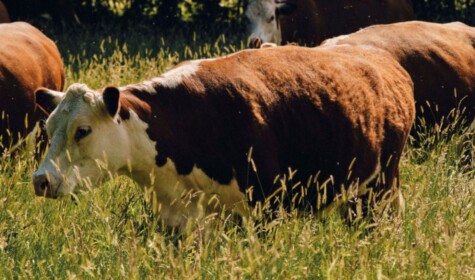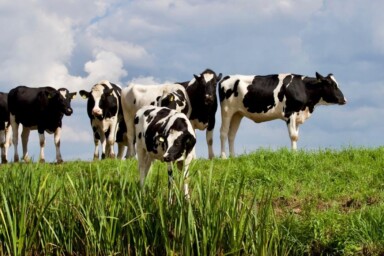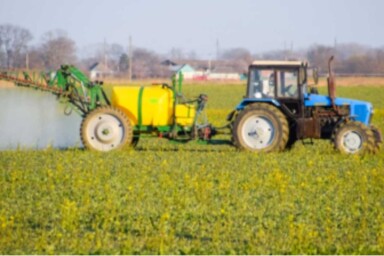What I found particularly interesting is that the scheme involved cattle ranches and the very significant soil carbon gains made by them: 0.8% per year of organic matter – in other words double the 4 per 1000 target set by the French Minister Stéphane Le Foll at the COP21 Parissummit where he announced his ‘quatre per mille’ scheme.
If this level of soil organic matter gain can be verified through ongoing research and monitoring using evolving and ever more sophisticated techniques for measuring soil organic matter, this represents a very significant breakthrough. In combination with the new information from Professor Myles Allen of Oxford University on the reduced impact of methane on climate change, there is a compelling argument for the scientific community to reassess the role of holistic grazing systems involving ruminant livestock, which could make a very significant contribution towards reducing climate change impacts.
This potential is highlighted in the press release from Wilmot Farms, who have calculated that were these soil carbon gains to be replicated across all the cattle farming grasslands in Australia, it would have the potential to sequester just under one quarter of Australia’s total greenhouse gas emissions. It should also be emphasised that this is a net calculation which includes the counter benefit of the methane emissions from grazing animals, which makes it even more significant.
The press release states that, ‘In the farming and grazing context alone, it’s estimated that the widespread adoption of carbon-friendly practices could potentially sequester between 125 Mt and 374 Mt of CO2e per year, representing between 23% and 70% of Australia’s current total annual national greenhouse gas emissions.’






